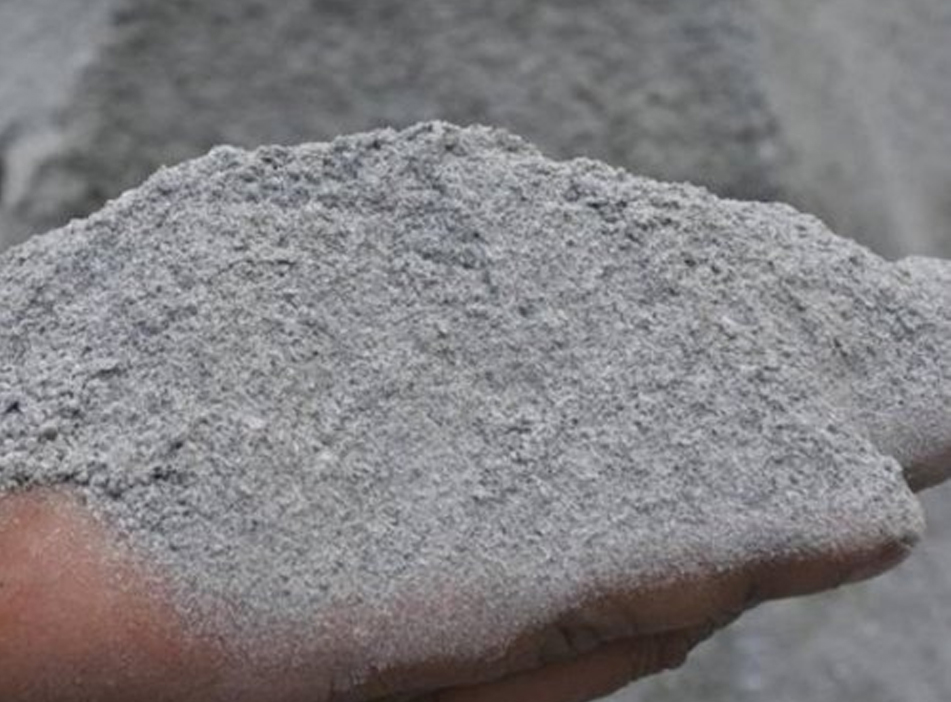The Tamil Nadu government will come up with a policy to regulate the manufacturing, quality and price of M-sand, Minister for Mines and Minerals Durai Murugan announced recently. To check the quality of M-sand being sold and to monitor its manufacture and price, we will draw up a policy,” he said. The objective of the proposed policy would be to promote the use of manufactured sand as an alternative construction material. Once the policy comes into effect, it will be mandatory for manufacturers to obtain approvals for the quality of material being used.
But why is manufactured sand important at present times?
Manufactured sand (M-Sand) is artificial sand produced from crushing hard stones into small sand-sized angular shaped particles, washed and finely graded to be used as construction aggregate. It is an alternative to River Sand used for construction purposes. It is produced from hard granite stone by crushing. The crushed sand is cubical with rounded edges, washed and graded to as a construction material.
Why use Manufactured Sand?
With rapid urbanization the need for new buildings and infrastructure, making sand a high-demand commodity. Manufacturing sand is a way to preserve natural riverbanks and shorelines where sand would otherwise be extracted, reduce energy consumption, and utilize aggregate waste. However, sand scarcity is a problem affecting many countries, including India. With natural sand, which is found in riverbeds and coastal regions, becoming inadequate to meet the huge demand and the environmental impact caused due to sand extraction from natural sources, M sand or manufactured sand has emerged as a sustainable option. The demand for sand has increased tremendously, causing a deficiency of suitable river sand in most parts of the world. Due to the depletion of good quality river sand for the use of construction, the use of manufactured sand has been increased. Another reason for the use of M-Sand is its availability and transportation cost. Since manufactured sand can be crushed from hard granite rocks, it can be readily available at the nearby place, reducing the cost of transportation from far-off river sand beds. Thus, the cost of construction can be controlled by the use of manufactured sand as an alternative material for construction. The prime reasons can be stated as
The manufacturing process of Manufactured Sand

It is produced by the crushing of granite rocks. Coarse hard rock deposits are crushed in crushers and the crushed material is segregated in different fractions. The sand obtained through this process is further refined by removing fine particles and impurities through sieving and washing.
The preparation of manufactured sand consists of basic process;
- Extracting
- Aggregate crushing
- Screening and sorting
- Air classifying
- Storage and handling
The manufacturing process for M sand takes place in three stages:
- First stage- crushing stones of varying sizes into aggregates using vertical shaft impact (VSI) crushers.
- Second stage- the material is then fed into a Rotopactor for crushing the aggregates into sand to the desired grain size.
- Final stage- the process of screening, to remove dust particles and washing of sand for eliminating minute particles, is carried out.
Advantages of Manufactured Sand

- Higher compressive and flexural strength
- Graded with precision and consistency thus it has higher Fineness Modulus compared to natural sand and crusher dust
- Free of impurities such as clay, dust and silt and has denser particle packing
- Can be produced near to the construction sites, thus bringing down the transportation costs and consistent supply for demanded quantity can be assured
- It possesses the desired properties like shape, smooth texture and consistency and required gradation of fines
- The physical and chemical properties in M Sand are balanced and can withstand any harsh climatic conditions
- It can overcome the defects in concrete like segregation, honeycombing, corrosion of reinforcement steel, voids, capillary, bleeding etc.
- A smooth surface texture and free from elongated and flaky particles as it is shaped by using VSI shaping machine
- The cubicle-shaped particles provide greater durability, higher strength and long life to the concrete
- The cubical shape and proper gradation give good flexibility to mortar producing excellent workability
- The usage of M sand in concrete reduces voids, bleeding, segregation and has an optimal initial and final setting time
- The transportation cost becomes less as it is readily available
- Growing concern for environmental protection, M Sand is an alternative to river sand
- M Sand has a higher Fineness Modulus Index which gives good workability for concrete
- Free from silt and clay particles which offer better abrasion resistance, higher unit weight and lower permeability
Manufactured Sand types
- M sand for concreting- used in concrete.
- M sand for plastering- used in tiling and wall plastering purposes
- M sand for brick or blockwork- used for masonry or brick or block-laying works.
Conclusion
As discussed above, manufactured sand comes with lots of advantages such as increased durability, higher strength, reduction in segregation, permeability, etc. and it’s proving to be economical as a construction material replacing river sand. In an upcoming article, we will discuss other technical paramenetes related to manufactured sand.


